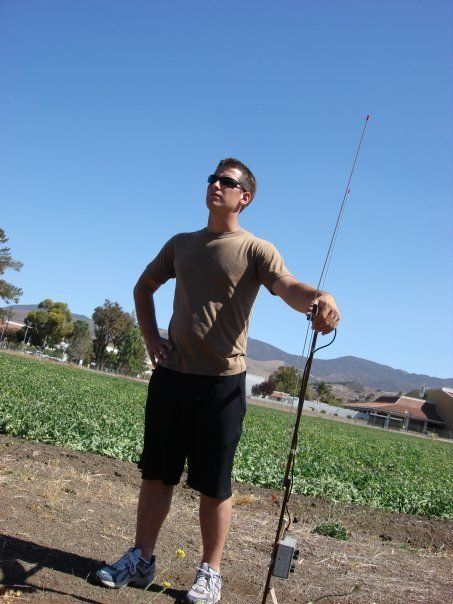FAST TRANSIENTS
THE TACTICAL TANGENTS BULLETIN5 MINUTES OF TRAUMA CARE
Trauma care continues to become more common knowledge to the layperson. There is a TON of knowledge out there, and you can find kits and gadgets on the internet for days. But there is also no shortage of bad advice. Sorting through that can be difficult, so as always we want to focus on People (training) and Ideas (insight) before we get too carried away with Hardware. We want to keep it simple, but a little extra knowledge will give you an edge and help you apply critical thinking when faced with a new or challenging problem. Here are a couple things you need to know.
1. Uncontrolled hemorrhage is the biggest killer. Tourniquets have made quite a comeback—and that’s a good thing—but applying direct pressure or a pressure dressing are also effective in managing external blood loss. In fact, we can stop most bleeding to an extremity without the help of a tourniquet. If the situation is unstable (like there is a fire, possibility of structural collapse, or high likelihood for a gunfight), there is nothing wrong with going straight to your most reliable option, which is a purpose-built tourniquet. When in doubt, whip it out.
2. Learn about wound-packing to junctional areas (groin/armpits). Typically people will want to use a hemostatic agent (a product that aids in clotting, like QuikClot or Celox) but regular gauze also works really well. The trick is that you gotta get all the way down to the source of the bleeding, and hold constant pressure.
3. Not all tourniquets are created equal. There are several innovative new products out there and it will be cool to see them get signed off by the committees who specialize in this stuff (CoTCCC and ACSCOT). Until then, don’t assume someone on the internet knows better—Genuine C-A-T or SOFTT-W are the way to go. Period. Link and Link.
4. Bleeding in other places, like the head and torso, require bright lights and cold steel. That means definitive trauma care by a surgeon in an operating room. Internal arterial bleeding happens fast, so your patient’s chances diminish with every minute and second that goes by. None of the fancy new kits or mad Paramedic skills available replace a trauma center. All roads lead to the OR. The sooner your patient gets there, the better.
Read about TCCC and Prehospital Trauma Life Support. Even if the material is over your head, it may prompt questions that go a long way. Prehospital trauma care makes a difference—Do it right!

Mike Doyle
Founder
Mike is a full-time police officer and tactical medic. He currently works as a K9 handler, SWAT team member, and Police Trainer. Mike started Tactical Tangents as part of his fundamental purpose to save lives. His goal is to enhance the survival of police officers and concerned citizens by helping them become better, smarter, faster, and more efficient. His opinions are for informational purposes only and do not reflect those of his employer or any other government agency.

0 Comments